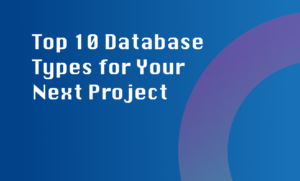Flutter, a cross-platform framework developed by Google, is an excellent choice for developing applications that require real-time data synchronization. Here’s why:
Reactive Framework and Widget System
Flutter’s reactive framework allows for declarative user interfaces, where widgets automatically update in response to changes in data. This makes it easy to handle real-time data updates and keep the UI synchronized with the backend.
Library Support
Flutter provides several libraries and frameworks that support real-time data synchronization. One of the most popular options is Firebase Realtime Database, which allows developers to sync data between clients and servers in real-time. This is achieved through a WebSocket connection, which maintains a constant connection between the app and the server.
WebSocket connections are ideal for applications that require real-time updates, such as chat apps, collaborative tools, and stock market applications. Flutter’s integration with WebSocket connections makes it simple to establish bi-directional communication between the app and the server, ensuring that data changes are propagated instantly.
Performance Optimization
Flutter’s performance optimizations make it well-suited for real-time data synchronization. Its efficient rendering engine enables smooth and responsive user interfaces, even when handling large datasets. Additionally, Flutter’s hot-reloading feature allows developers to instantly see the effects of code changes, making it easy to iterate and optimize the real-time data synchronization implementation.
In conclusion, Flutter is an excellent choice for developing applications with real-time data synchronization. Its reactive framework, library support, and performance optimizations provide developers with the tools they need to create seamless and responsive real-time applications.

